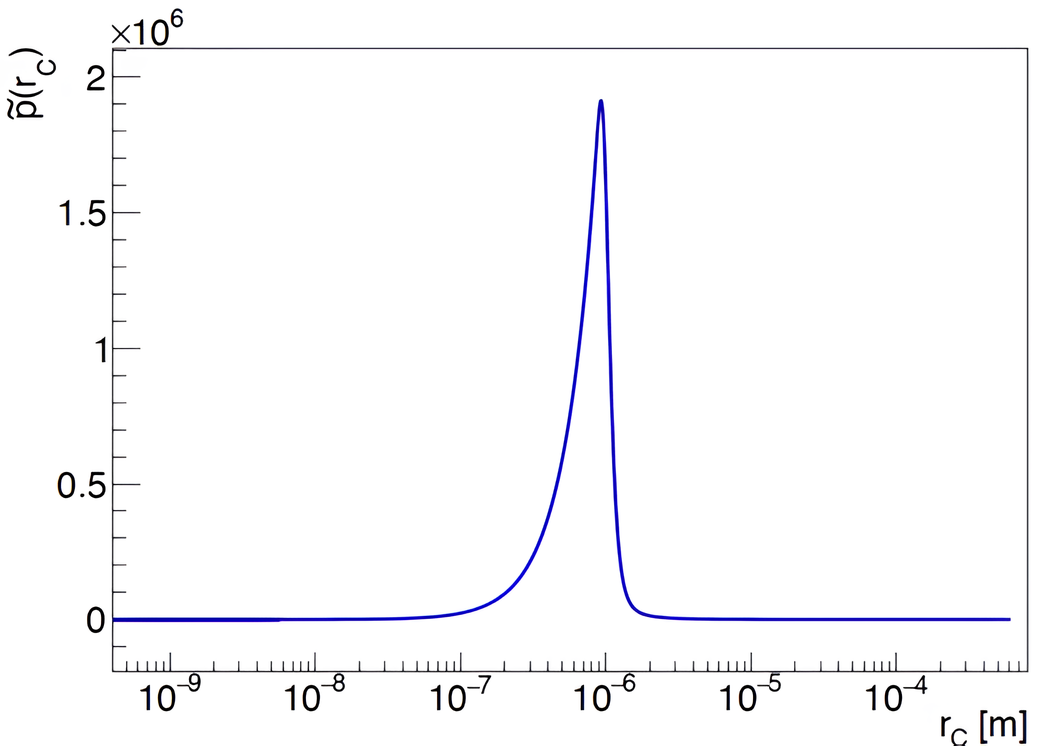QUBO – results and future perspectives
The activities which are being performed within QUBO lead to the following main results:
- Construction and development of the dissipative universal master equation for many-body systems: we built and studied the simplest universal dissipative Lindblad master equation for many-body systems with the aim to develop a new dissipative generalization of the non-relativistics CMs. The achieved formulation is universal since it is written in terms of second-quantized mass density and current, as a consequence it is independent of the structure and parameters of the material.
Under the assumption of a linear friction in the current, we found that the dissipative structure is strictly constrained. Following the general structure of our dissipative Lindblad equation, we derived and analyzed the dissipative extensions of the two most known spontaneous wave function collapse models, the Diosi-Penrose and the Continuous Spontaneous Localization models.
These results were published in [1]. - Investigation of the spontaneous radiation process over an extended energy range and for the generalized non-Markovian CMs: we investigated the expected rate of spontaneous radiation over a much broader energy interval which ranges from about 1 keV to several MeV. The rate was calculated for both DP and CSL models, in both their white and Non-Markovian formulations. The so-called cancellation effect, which takes place when the wavelength of the spontaneously emitted photon is comparable with the mean radii of the atomic orbits, has been investigated for the first time, by exploiting a semiclassical approach. The main outcome of this analysis consists in the prediction, for the first time ever, of a distinctive energy spectrum which differs for different CMs in the range 1-15 keV. These results can be found in [2].
Moreover further theoretical achievements on the master equation and dynamics were obtained in the works [3,4]. - Development of a novel phenomenological approach to disentangle the probability density functions for the characteristic parameters of the CSL model: We developed an analytic method to extract the probability density functions separately for the strength and the correlation length of the CSL model. We performed a Bayesian comparison of the spectrum acquired with the HPGe detector system with the expected spontaneous radiation rate and the simulated background. As a result of this analysis the strongest absolute bound was set on the correlation of the model, which excludes the original value of 10-7 m proposed by Ghirardi Rimini and Weber. The probability density function of the correlation length is shown Figure 1. The results of this study were published in [5].

- Investigation of the impact of our experimental and theoretical findings on the Orchestrated Objective Reduction model, as a theory of consciousness: Several scenarios for the Orch OR consciousness theory are critically analyzed, on the basis of our experimental results, and theoretical developments on the DP model. We conclude that Orch OR theory, when based on the simplest version of gravity-related dynamical collapse, is highly implausible in all the cases analyzed. The implications of our findings, the limitations, and the ongoing activity concerning the consequences on the Orch OR of generalized non-Markovian and dissipative DP models are discussed. This work was published in [6]
We are currently generalizing the calculation of the spontaneous radiation emission rate within a fully quantum framework, which will further extend the energy range of validity of the calculation, below 1 keV. Moreover we are analyzing the data which has been collected with the new experimental setups, developed in the framework of the QUBO project, in the view of the generalized CMs, and investigating the impact of these findings on the limits of many-body systems quantumness.
References
- [1]. G. Di Bartolomeo, M. Carlesso, K. Piscicchia, C. Curceanu, M. Derakhshani, and L. Diósi, Linear-friction many-body equation for dissipative spontaneous wave-function collapse, Phys. Rev. A 108 (2023) 012202.
- [2]. K. Piscicchia, S. Donadi, S. Manti, A. Bassi, M. Derakhshani, and C. Curceanu, Surprising results of a refined dynamical collapse spontaneous radiation study: CSL and gravity related collapse have distinctive features at atomic orbits wavelength scale, arXiv:2301.09920.
- [3]. L. Diósi, Is there a relativistic Gorini-Kossakowski-Lindblad-Sudarshan master equation?, Phys. Rev. D 106 (2022) L051901.
- [4]. L. Diósi, Hybrid completely positive Markovian quantum-classical dynamics, Phys. Rev. A 107 (2023) 062206.
- [5]. K. Piscicchia et al., A Novel Approach to Parameter Determination of the Continuous Spontaneous Localization Collapse Model, Entropy 2023, 25(2), 295.
- [6]. M. Derakhshani et al., At the crossroad of the search for spontaneous radiation and the Orch OR consciousness theory, Phys. Life Rev. 42 (2022) 8-14.
